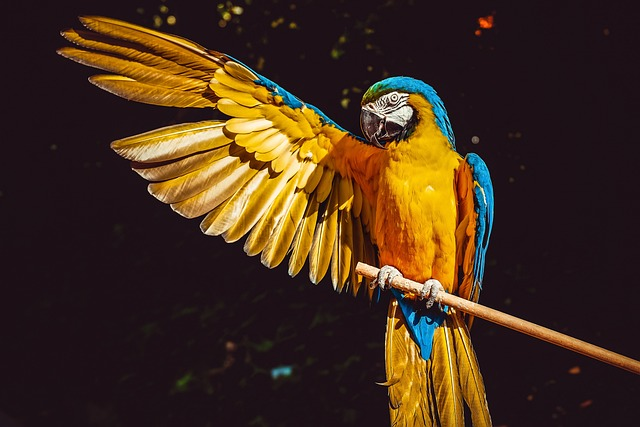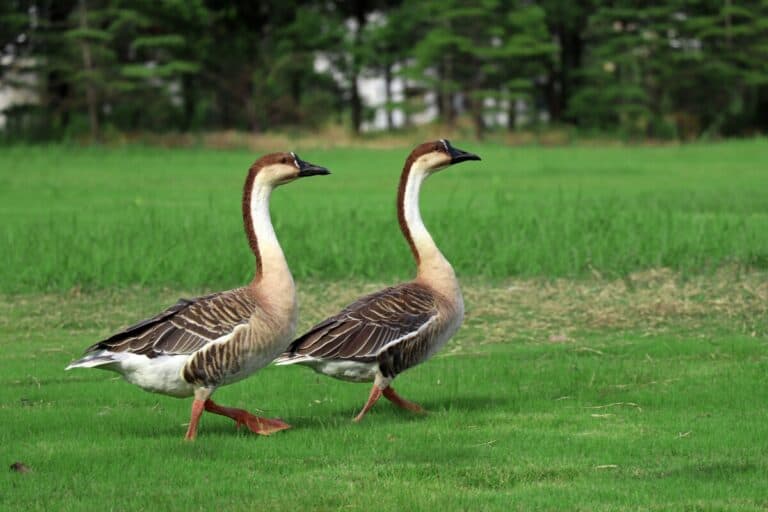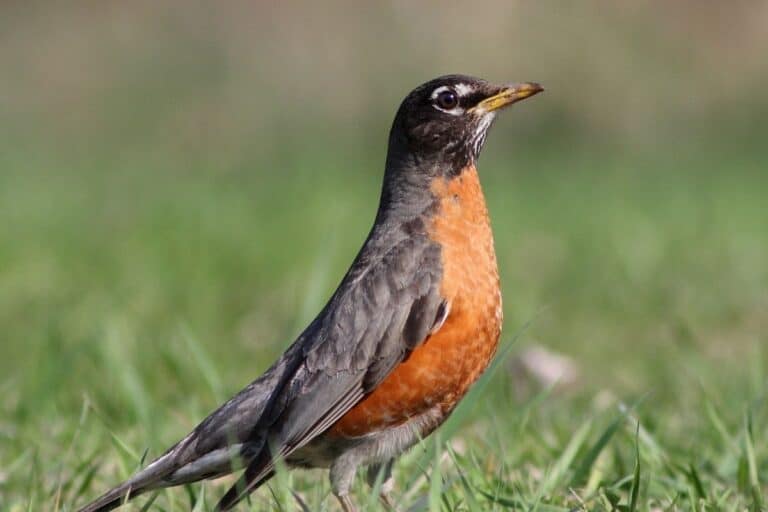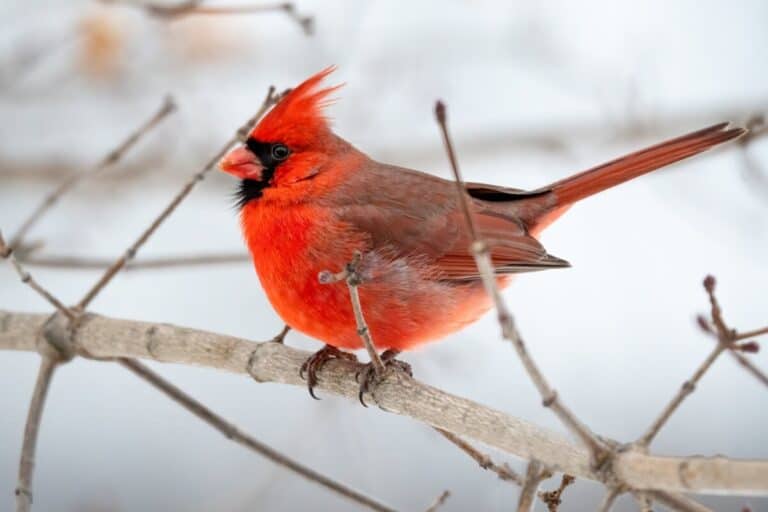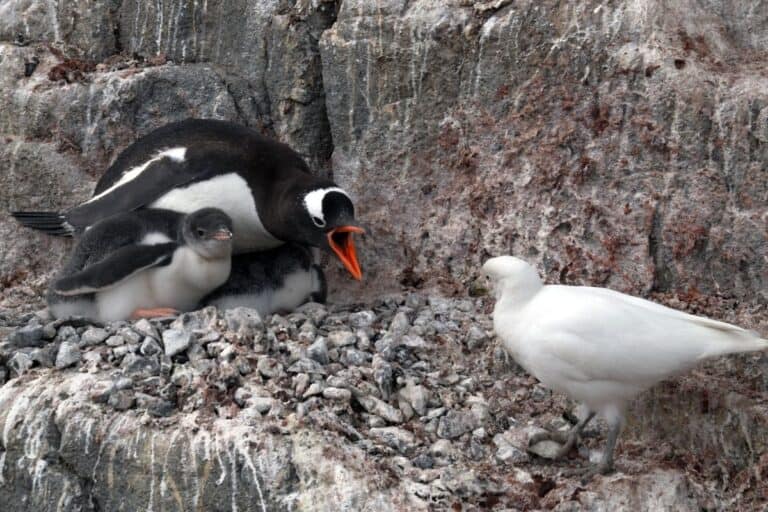Birds Lifespan: How Long Do Birds Live For? (Answered!)
We’re reader-supported; we may earn a commission from links in this article.
Do you ever look up at the sky and wonder how long each bird flying overhead has been alive?
While it may not always be easy to determine this information from a distance, there are lots to learn about birds’ long lifespans just by studying them in their natural habitats.
So, how long do birds live for?
In this post, we’ll explore the various aspects that influence birds’ average lifespan from environmental factors to dietary habits.
Let’s get into it!
Overview of Lifespans for Different Types of Birds
1. Parrots
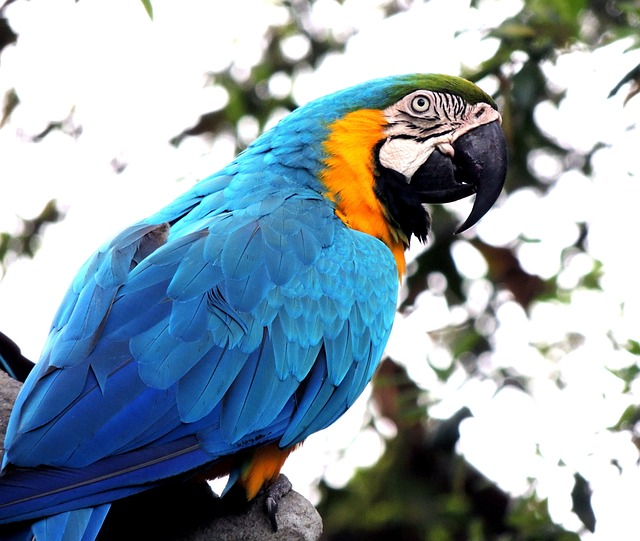
Parrots have some of the longest life expectancies among all birds, with many species living for 30-50 years.
These long-lived birds are known for their intelligence and social behavior most bird species, as well as their ability to mimic speech and songs.
2. Hawks
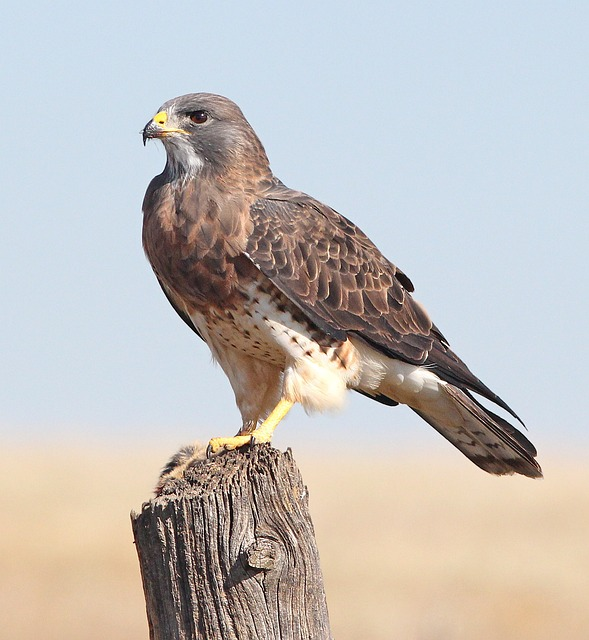
Hawks, typically the larger birds, tend to live much shorter lives than parrots, ranging from 5-15 years. They have keen eyesight and are incredibly agile hunters, making many birds adept animals at catching prey with precision and skill.
3. Hummingbirds
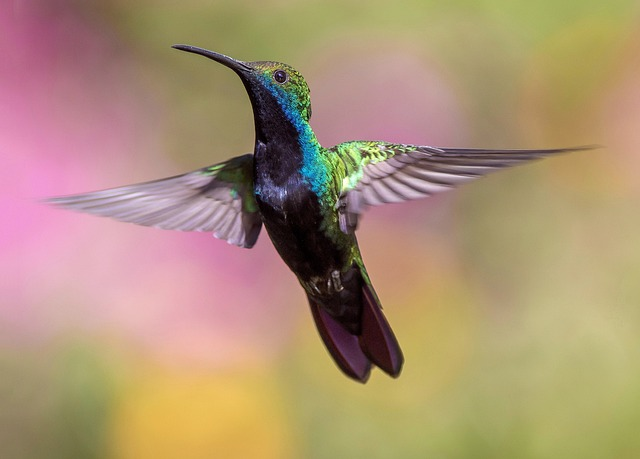
Hummingbird lifespans vary greatly depending on the species, but generally range from 3-7 years in the wild. Tiny yet powerful, these birds have wings that beat up to 80 times per second and are capable of making flights that require incredible endurance.
4. Eagles
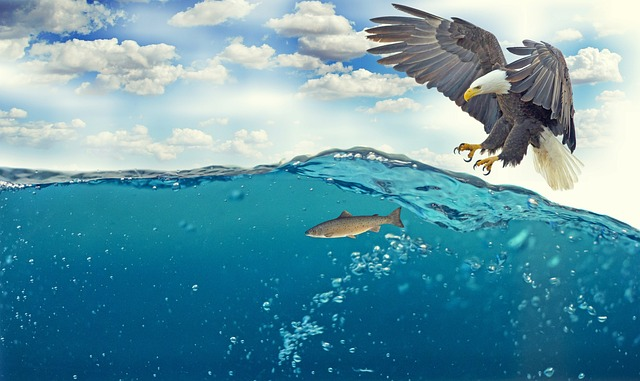
Like hawks, eagles have short lifespans on average—around 15 years in the wild. These birds of prey use their sharp eyesight to spot fish from up high and then swoop down quickly for a meal. They can also stay in flight for extended periods of time, thanks to their strong wings.
5. Waterfowl
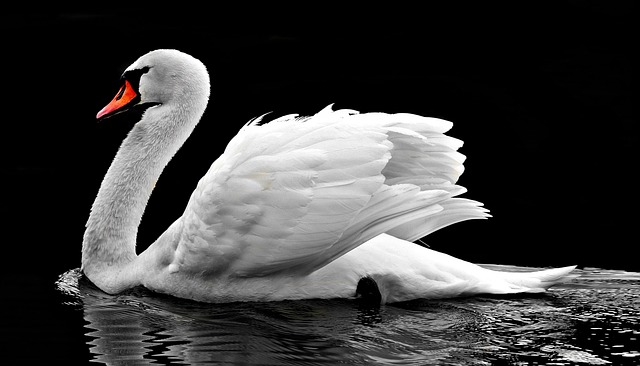
Ducks, geese, and swans typically live 5-15 years in the wild. These birds rely on bodies of water for both food and shelter, making many factors especially vulnerable to changes in their environment. They are also highly social creatures, often migrating in large numbers for improved sources of food.
6. Pigeons
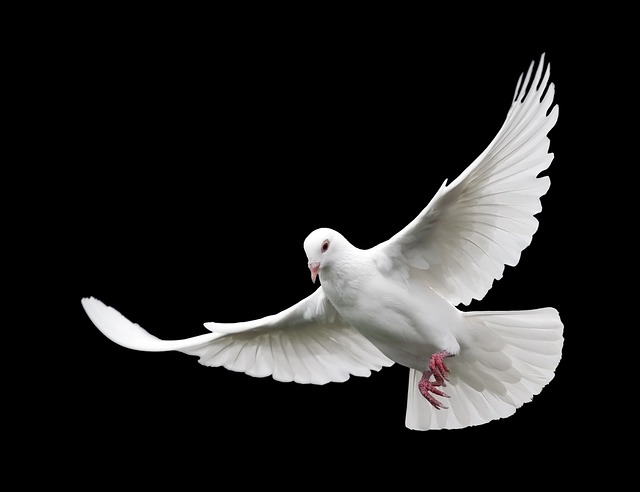
Pigeons have medium-length and live longer lifespans Most birds, usually living anywhere shorter life, from 5-15 years old age. These birds are known for their homing instinct—the ability to return home from long distances—and have been used in military operations since Ancient Rome.
7. Songbirds
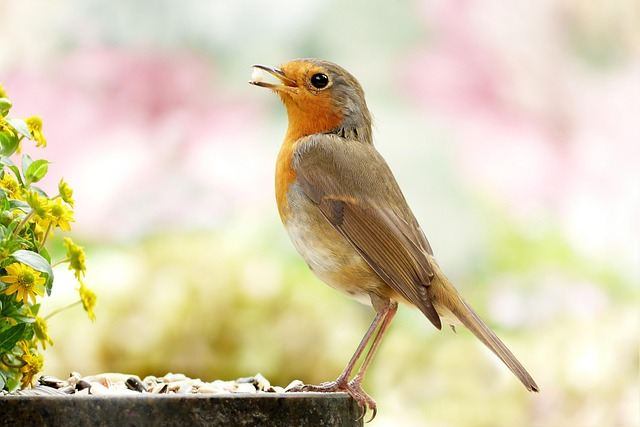
Songbird lifespans range from 3-7 years in the wild, and they are especially vulnerable to changes in their environment due to the factors affect their small size. These few birds tend to rely heavily on insects for food, so they are particularly affected by pesticides sprayed directly or indirectly into their habitats.
8. Woodpeckers
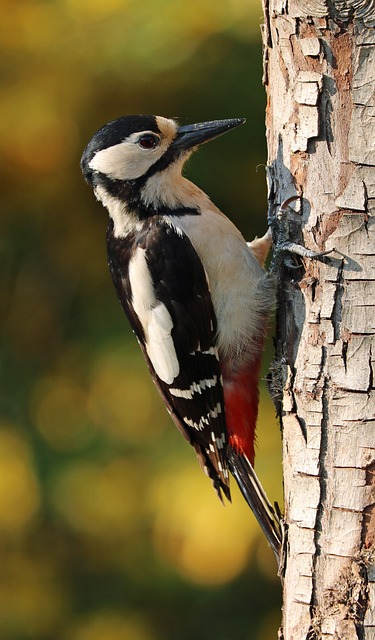
Woodpeckers typically tend to live for 5-10 years in the wild, with some species surviving for up to 20 years. These birds are adept at drilling into trees and finding insects within them—a skill made possible by their strong beaks and powerful neck muscles.
9. Owls
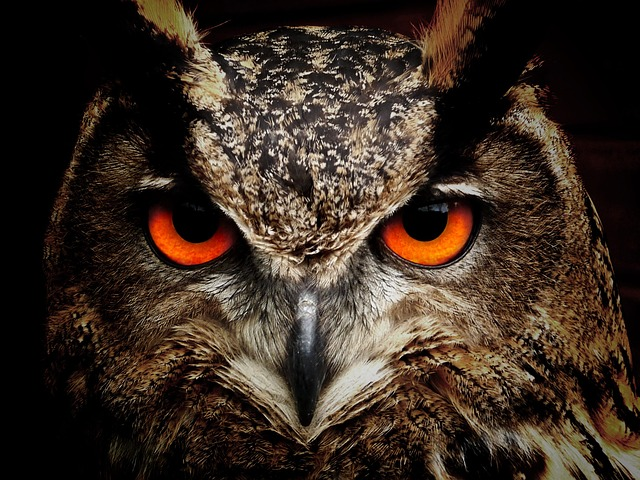
Owls have some of the shortest lifespans among all bird species, living anywhere from a short lifespan to 3-5 years in the wild. These nocturnal birds are known for their ability to hunt silently and efficiently at night, using their strong eyesight and hearing to locate prey and avoid predators.
10. Pelicans
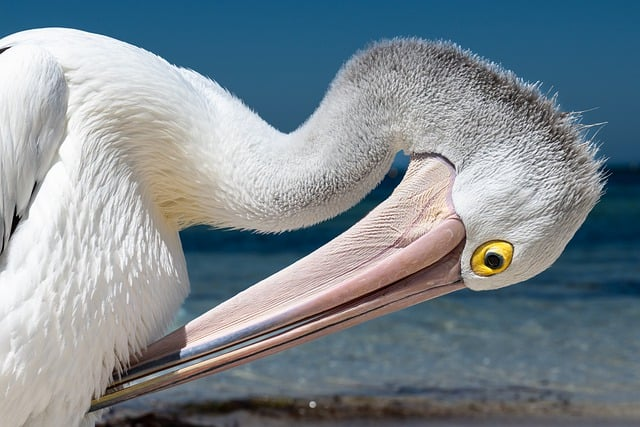
Pelicans usually tend to live for anywhere from 10-20 years in the wild, and they are well adapted for life at sea. These large birds often use their wide pouch-like bills to scoop up large amounts of fish, which they then swallow whole.
Factors Affecting Bird Lifespan:
1. Diet
A bird’s diet has a big impact on its lifespan. Different species of birds live and require different types of food, so it’s important to keep many bird species to make sure they have access to the right sources of nutrition for their species.
2. Environment
The environment in which a bird lives can also influence bird longevity and lifespan. Changes in temperature, air quality lack food,, and water sources can all have an effect on a bird’s ability to survive and thrive.
3. Predation
Predators naturally pose a threat to smaller birds in game, larger game birds tend to, as they are larger birds are especially vulnerable due to the factors that affect their longevity records small size and lack of protective armor or weapons. A bird’s ability to avoid predation plays a big role in its overall lifespan and good health.
4. Disease
Diseases and parasites can wreak havoc on bird populations, particularly when a species is weakened due to a lack of food or other environmental stressors. It’s important to be aware of the disease risk in a certain area and take steps to protect birds from potential threats.
5. Human Interference
Human interference can also have a big impact on bird lifespans. Pesticides, air pollution, and habitat destruction are all common factors that can shorten a bird’s life expectancy if left unchecked.
Common Diseases that Shorten Bird Lifespan
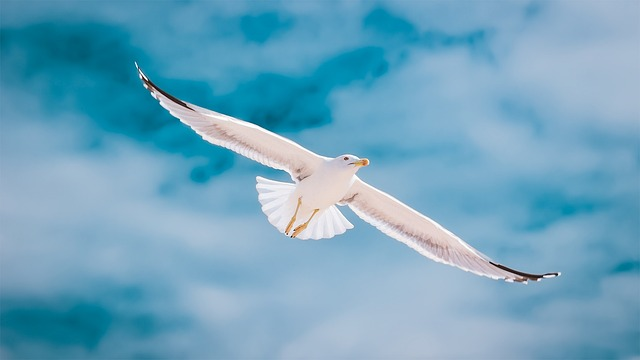
1. Avian pox
Avian pox is a highly contagious viral infection that can spread among birds, leading to severe lesions on the skin or in the mouth. This disease usually affects smaller species of birds and can drastically shorten their lifespan if left untreated.
2. Newcastle Disease
Newcastle disease is an infectious virus that attacks the respiratory, gastrointestinal, and nervous systems of birds. It can be fatal in some cases, leading to a shortened lifespan if left untreated.
3. Salmonellosis
Salmonellosis is an infection that primarily affects the respiratory system of birds and can be spread through contact with contaminated food or water sources. This disease can cause severe sickness and even death in extreme cases, drastically shortening a bird’s lifespan.
4. Avian Influenza
Avian influenza is a highly contagious virus that can affect many different species of birds, leading to severe respiratory illness and even death in some cases. It is usually spread through contact with contaminated water or food sources, making it an important factor to consider when assessing bird lifespans.
5. Aspergillosis
Aspergillosis is a respiratory infection caused by inhaling fungal spores. This disease can cause severe illness in birds, leading to decreased appetite, weight loss, and even death in some cases.
6. Coccidiosis
Coccidiosis is a parasite that can cause severe gastrointestinal distress in birds, leading to decreased appetite, weight loss, and even death in extreme cases. This disease is usually caused by contact with contaminated food or water sources, so it’s important to be aware of the risk when considering bird lifespans.
7. Trichomoniasis
Trichomoniasis is a parasitic infection that can cause severe gastrointestinal distress in birds. This disease is usually caused by contact with contaminated food or water sources, so it’s important to be aware of the risk when considering bird lifespans.
Tips to Increase Your Pet Bird’s Lifespan:
1. Provide a nutritious diet
Make sure to provide your pet bird with a balanced and nutritious diet, avoiding processed foods whenever possible.
2. Practice good hygiene
Regularly clean and disinfect the cage and food bowls to prevent the spread of disease.
3. Monitor for signs of illness
Be aware of any sudden changes in behavior or appearance that could indicate an underlying health issue.
4. Provide a safe environment
Ensure your pet bird has plenty of space and toys to keep them entertained, as well as the appropriate temperature and lighting conditions for their species.
5. Take them for regular checkups
Make sure to take your pet bird for regular veterinary visits to ensure they are healthy and free from disease or parasites.
6. Reduce stress
A bird’s mental health is just as important as its physical health, so make sure to provide a stress-free environment for garden birds and your own pet birds.
7. Limit exposure to toxic substances
Keep your pet bird away from any potentially harmful substances, such as smoke, aerosols, and pesticides.
Signs to Look Out For When Anticipating the End of a Bird’s Life:
1. Significant weight loss
Birds that are nearing the end of their life often experience a decrease in appetite, leading to dramatic weight loss.
2. Loss of energy
If your pet bird seems suddenly sluggish or listless, it could be a sign that they are reaching the end of their life.
3. Signs of illness
Be aware of any signs of illness that could indicate an underlying health issue.
4. Difficulty breathing
If your bird appears to be having difficulty breathing, it could be a sign of a serious medical condition.
5. Lack of alertness
Lethargy and lack of alertness are both common signs of birds nearing the end of their life.
6. Loss of coordination
If your pet bird has suddenly lost their coordination, it could be a sign that they are reaching the end of their life.
7. Decreased activity:
A decrease in physical activity can often indicate that a bird is close to the end of its own life span.
Ways to Help Mourn the Loss of a Pet Bird:
Acknowledge the loss
Allow yourself the time and space to properly mourn your pet bird’s passing.
Create a memorial
Consider creating a special memorial or tribute to honor your pet bird.
Reach out for support
Don’t be afraid to reach out for emotional support from friends, family, or even an animal grief counselor if needed.
Spend time with other birds
If possible, try to spend some time with other birds or other animals, to help you cope with your grief.
Honor their memory
Consider doing something special in honor of your pet bird’s life, like planting a tree in their memory or making a donation to an animal charity.
Conclusion:
Birds are fascinating creatures that can bring a lot of joy into our lives. However, as long do birds last it’s important to understand bird life expectancy and the various factors that influence their lifespans so we can better appreciate them while they’re alive.
By understanding the signs of illness and taking steps to protect popular pet birds from potential threats, we can help ensure they live long and happy lives.
Additionally, taking the time to properly mourn a beloved pet bird’s passing can help us cope with the loss. By understanding and appreciating birds’ long lifespans, we can ensure they bring us joy for as long as possible.
FAQs:
Are there any species of birds that do not have a predictable lifespan?
Yes, some species of birds do not have a predictable lifespan due to their lifestyles or environmental factors. For example, migratory birds may experience drastic changes in body size and their environment over the course of their whole life span, different factors that can affect their average lifespan very unpredictably.
Do birds have different lifespans in the wild than in captivity?
Yes, birds have different and shorter lifespans when in the wild than the same birds when in captivity. In the wild, birds are exposed to a variety of environmental factors that can affect their lifespan, especially larger species such as predators or extreme weather conditions. Additionally, captive birds typically receive better nutrition and healthcare than those living in the wild, which can lead to longer lifespans for animals in captivity.
What health concerns should bird owners be aware of to help their pet birds live longer?
Bird owners should be aware of potential health concerns such as parasites, infection, malnutrition, and environmental factors. Regular check-ups with a veterinarian can help identify any underlying health issues early on and ensure your pet bird is healthy throughout their lifespan.

Justin Chia
Justin is the founder and author of Birding Outdoors. He is a Nanyang Technological University (NTU) alumnus with a Bachelor of Biological Sciences and a former data analyst.
Now, Justin runs the Birding Outdoors blog full-time, hoping to share his deep love for birds, birding, and nature with others.
To unwind, Justin enjoys gaming and reading.

